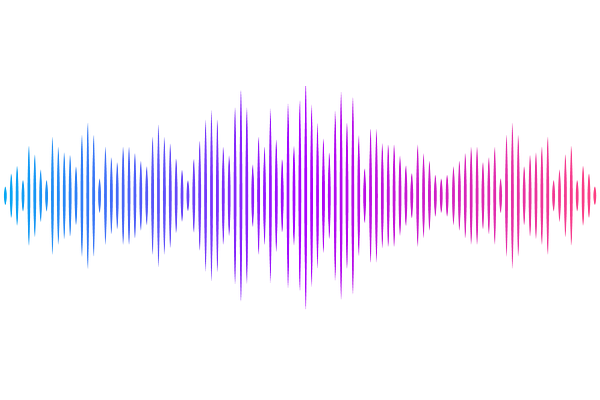The IFN I response in tumor cells is shaped by PARP7-p300/CBP interactions through distinct loss- and gain-of-function mechanisms

The IFN I response in tumor cells is shaped by PARP7-p300/CBP interactions through distinct loss- and gain-of-function mechanisms
Siordia, I. R.; Rieth, S.; Jeltema, D.; Morgan, R.; Tullis, J.; Orth, J.; Yan, N.; Marx, A.; Cohen, M. S.
AbstractPARP7, a mono-ADP-ribosyl (MAR) transferase, is a key suppressor of the type I interferon (IFN-I) IFNb in various tumor cells and a validated drug target. This negative regulation is reversed by small-molecule inhibitors of PARP7 catalytic activity, resulting in increased IFNb expression. Yet, the mechanism of action of PARP7 inhibitors remains unclear because the relevant substrates of PARP7-mediated MARylation are unknown. Using an optimized analog-sensitive chemical genetic (ASCG) approach, we identified the co-activators, p300 and CBP, as nuclear PARP7 substrates. We identified an alpha-helical domain in PARP7 essential for p300/CBP interaction, MARylation, and proteasome degradation. Disrupting PARP7-p300/CBP interaction prevents PARP7-mediated suppression of IFNb in colorectal cancer cells. p300/CBP reciprocally regulate PARP7 activity and nuclear localization. Intriguingly, treatment with PARP7 inhibitors increased IFNb expression more than PARP7 knockout in a p300/CBP-dependent manner. Our findings suggest that in some contexts, IFNb induction by PARP7 inhibitors occurs via two mechanisms: inhibiting MARylation of p300/CBP (loss-of-function) and stabilizing the PARP7-p300/CBP complex (gain-of-function).